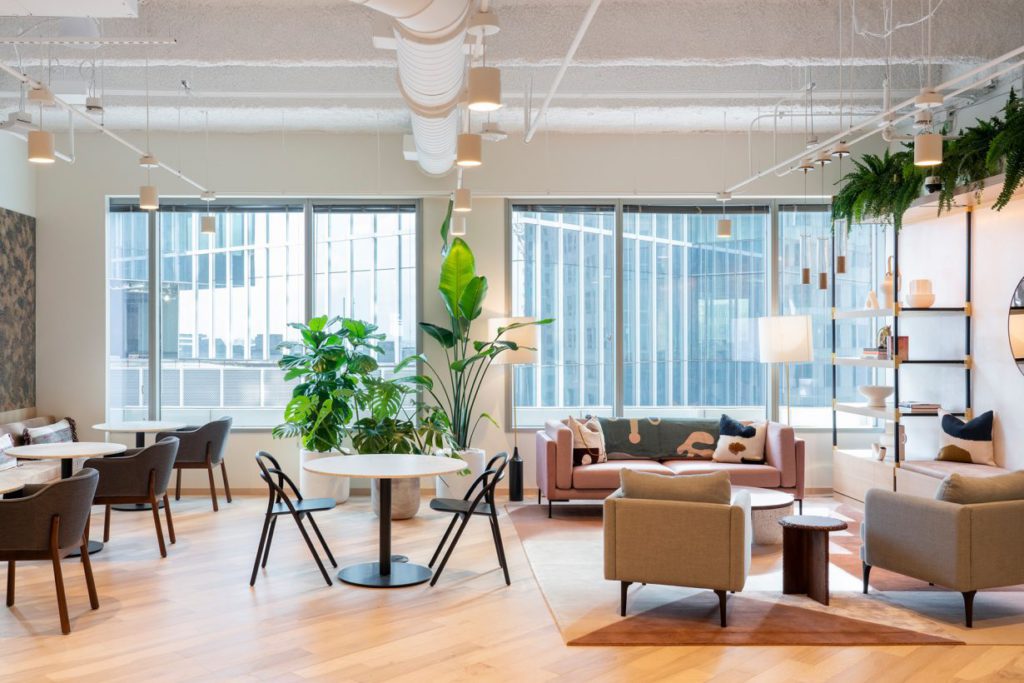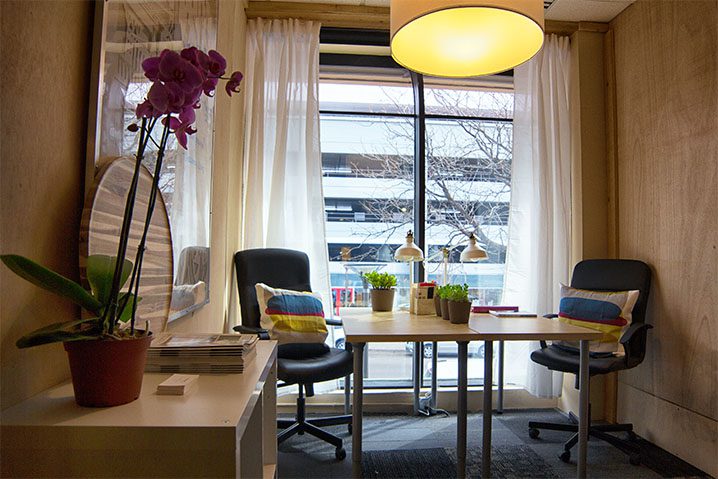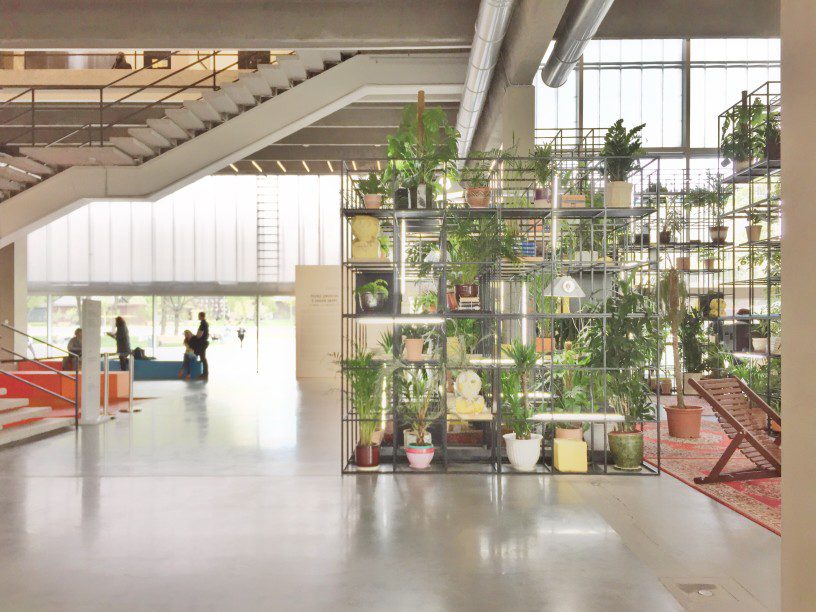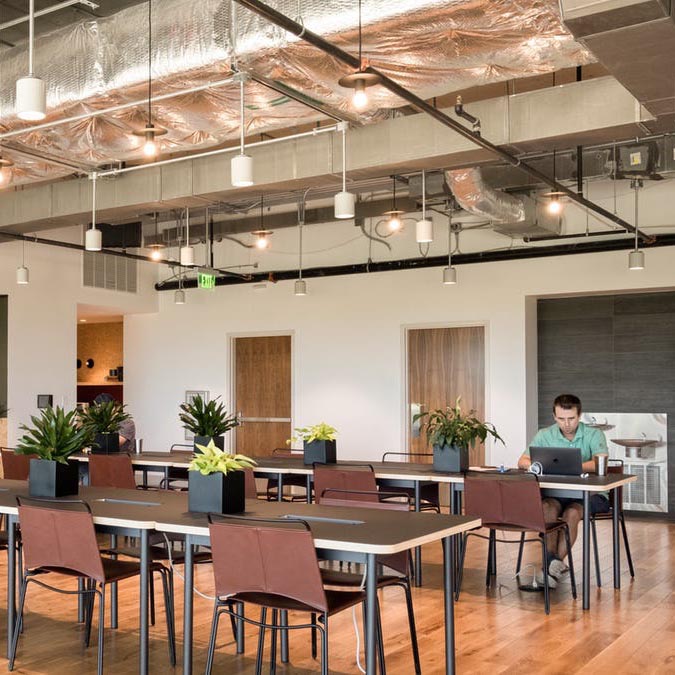
What to expect in the office space industry this coming years?
The COVID-19 pandemic disrupted the concept of a traditional office work environment. As the world goes back to the “new normal”, employers and businesses are beginning to redefine the idea of office space.
The global health and economic crisis has presented organisations and even large enterprises with an opportunity to reconsider the importance of place, presence, and proximity in workspace planning.
The pandemic has pushed millions of employees to work from home. And as they go back to the office, many of them will probably have to get used to a very different space.
A lot of these adjustments in office space are only accelerations of office design trends that were already existing even before the pandemic. But just as various policies have quickly shifted, the global crisis will also drive permanent changes in both office real estate and work culture itself. Here are some of the new developments in office space that will be part of the new normal.
1. Remote work will be the new normal for many.

A recent MIT report cited that 34% of Americans were forced to work from home due to the coronavirus. This new number indicates a significant shift in work culture. Before the pandemic, only 3.4% of the US population were working remotely and around 4% working from home at least half the time. In the UK, data shows that about 1.7 million people mainly work from home. In Singapore, no more than 50% of remote employees should be in the office at any one time, with 80% of the workforce hoping for more flexible work setup even after the pandemic.
The remote work setup had been gaining momentum increasingly over the years, even without the pandemic happening. This is due to technology and work cultures becoming more accommodating to flexible work arrangements. So it is likely that many employees who are now working from home for the first time will still prefer to do so after the pandemic.
Of course, there are other factors that need to be considered aside from what the employers and employees want. The economic effect of the crisis will probably force many employers to cut costs. Letting workers work remotely is one of the easiest solutions for companies to reduce their rent obligations. This is more practical and less painful than layoffs.
2. The pandemic will change the way office space looks and works.

Remote work is not for everyone, and many will prefer to return to the office. But as the global health crisis continues, office space will need to be modified in order for returning workers to feel safe being there. This could mean the abolition of the open office trend.
Years before the pandemic, employees working in an office had to work with steadily decreasing privacy as companies around the world adopted the open office plan. This led to a modern office space where you could see everyone working in the office. There was very little separation between the employees and the germs that they carry. Instead of having offices or at least cubicles that divided up the larger space to give employees a semblance of privacy, companies opted to have an open space layout.
This layout was practical and cost efficient for companies that had been trying to do more with less space. But it meant packing more and more workers into open office spaces, a trend known as densification.
From 2021 onwards, densification will take a backseat to give way to the physical distancing that is required in office spaces today. This means more private offices for employees and more space between desks. Instead of desks facing each other or sitting right next to each other, they will be positioned back to back, with more spaces in between. A conference room that used to sit 10 people will now only accommodate half the original capacity. Employees can expect more spacing and fewer seats in communal areas, such as kitchens and recreation rooms. Various types of barriers between desks will also re-enter the picture, including traditional cubicles, in order to block the spread of viruses.
3. Uncertain demand for office space.
Two conflicting trends affect the demand for office space during this pandemic. First, fewer people will be coming back to the office. This could be either due to layoffs or to more flexible work arrangements, which means less need for office space. Second, employees will need more space for social distancing, which requires offices to be bigger and more spacious. These trends cancel each other out so the increase or decrease in the demand for office space will depend largely on how many companies keep their work from home setup after the pandemic.
There is also an acceleration of current trends in office real estate, such as switching from traditional 10-year leases to shorter ones. Flexible or coworking space will also see some major changes.
4. Coworking is destined to change.

Coworking spaces have also been greatly affected by the pandemic, but experts believe that they would be able to weather a recession. This is mostly due to corporate clients deciding to liquidate their space completely and switch to flexible office space solutions. There will be an influx of new clients downsizing from traditional office space into flexible or coworking space.
Before the pandemic, companies were already taking advantage of the flexible terms of the coworking industry instead of taking on long-term leases. This trend is likely to continue with a more rapid adoption rate.
The uncertainty the crisis brings will push more companies to consider flexible office space solutions that can accommodate their rapidly changing needs. Coworking spaces can also offer a quiet office environment for remote workers who prefer to work outside their homes.
Unfortunately, coworking as we know it, will need to adjust in order to survive. Traditional coworking spaces are popular for their communal areas and shared amenities. And it is often unclear how recently the desk has been sanitised or cleaned.
Due to heightened health protocols, coworking spaces will have to rethink their use of communal space. Squeezing in as many workers as possible into one location will no longer work. Just like traditional offices, coworking spaces will need to add more space between desks and limit interactions using more dividers and private offices.
Wrapping Up
After the pandemic, some people will remain working from home while a part of the workforce will go back to the office to bring some semblance of normalcy to the world. Those who do return to their office jobs will be faced with an office space that looks different and additional protocols that others might find restrictive. These changes are necessary for the workforce to be functional once again while keeping the office space safe from coronavirus.

Enterprise software development experience. More recently in positions including CTO, Lead Developer and Head of Product in Australia. Deep expertise in property and legal technology in Australia with a specialty in lead generation and tech scalability across Asia-Pacific.